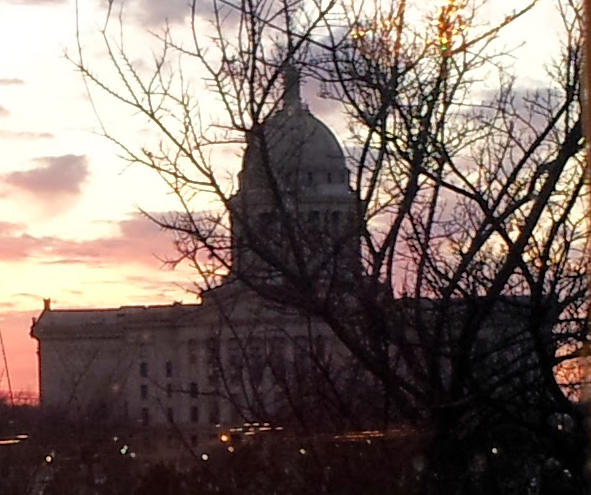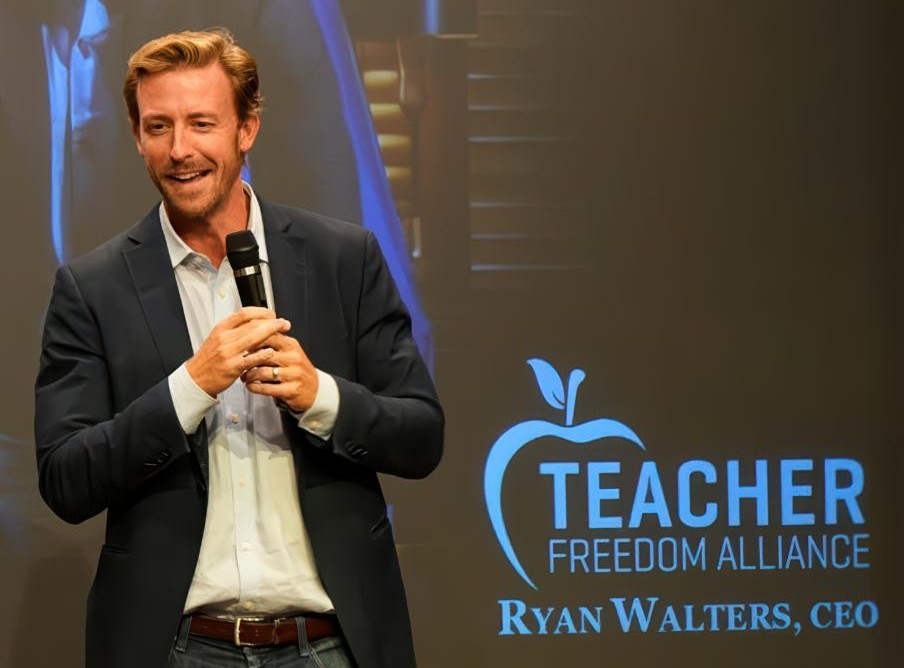Higher Ed Can Tighten its Belt
"Teaching loads have fallen dramatically (although the Education Department, which probably can tell you how many Hispanic female anthropologists there are teaching in Arkansas, does not publish regular teaching-load statistics), ostensibly to allow more research. But the 50th paper on a topic seldom adds as much understanding as the first or second. Emory University's Mark Bauerlein once showed that scholarly papers on Shakespeare averaged about 1,000 a yearùthree a day. Who reads them? How much does a typical paper add at the margin to the insights that Shakespeare gave us 400 years ago?"
Dr. Vedder, who helps Forbes compile its annual college rankings, is co-author of the 2014 report "Dollars and Sense: Assessing Oklahoma's Public Universities." The report concluded that a small proportion of the teaching faculty at OU and OSU seems to do most of the work: "Large numbers of faculty carry modest teaching loads, yet also have modest research accomplishments. If the bottom 80 percent of the faculty taught as much as the top 20 percent, universities could operate with demonstrably fewer faculty members." The annual savings to taxpayers would be $181 million.
In a recent SoonerPoll survey of likely Oklahoma voters, respondents were asked if they agree or disagree with this statement: "In public colleges and universities, professors should be paid based on how much they teach and not based on writing articles and other non-teaching activities." Fully 79 percent of Oklahomans agree with that statement, while only 10 percent disagree.
Here's another question from the survey. "In Oklahoma state government, the chancellor of higher education is paid more than $411,000 per year, which is more than the governor is paid. Do you think this amount is too high, too low, or about right?" Fully 80 percent said it was too high, while 3 percent said it was too low. Ten percent thought it was about right.
It's worth noting that, like several other higher education employees, the chancellor is a former state lawmaker.
Perhaps even more disturbing is some of the campus radicalism in Oklahoma. Consider:
One department at OU has conducted training in which students were taught that the phrase "if you work hard enough, you will succeed," far from being good advice, is in fact a racist microaggression. The University of Central Oklahoma launched a new program this semester to promote gender and sexuality studies. "The BGLTQ+ Student Center will supplement activities that enhance the campus and community life of bisexual, gay, lesbian, transgender, and queer students. The "+' represents letters not listed including questioning, intersexual, asexual, and allies."
OU hired a diversity czar to, among other things, oversee mandatory "diversity training" for new students, covering topics such as sexual identity, white privilege, and implicit bias. He too is a former politician (truth be told, he's a fine man whose legislative efforts I sometimes lauded), and his annual salary is an eye-popping $220,000. And though OU says his salary will come from private funds, the growing diversity bureaucracy will not. President David Boren has also asked each dean to hire a "Diversity and Inclusion" officer -- as if higher education's bureaucratic overhead (82 percent higher than the national average, by one measure) isn't high enough already.
OU recently agreed to pay $40,000 to a hip-hop artist with a history of vile, racist, misogynistic lyrics, and also hosted a conference on "how to promote reproductive justice in red states."
Regrettably, I could go on and on. Dr. Vedder again: "As Milton Friedman told me more than a decade ago, higher education today has some negative externalities, ones that seemingly exceed the positive spillover effects, suggesting maybe we should be taxing rather than subsidizing universities in the United States."
At the very least, Oklahoma policymakers should cut back on the subsidies. According to economist Byron Schlomach, a scholar-in-residence at the Institute for the Study of Free Enterprise at Oklahoma State University, "On average, states devote 8.1 percent of their state and local spending to higher education. Oklahoma devotes 10.4 percent of its spending to higher education. While states spend an average of about 1.6 percent of their GSP on higher education, Oklahoma spends 1.9 percent of its GSP on higher education. Were Oklahoma to cut back and spend 1.6 percent of its GSP on higher education, it would free well over a half billion dollars to be spent on other things, including public education."











Latest Commentary
Thursday 30th of October 2025
Thursday 30th of October 2025
Thursday 30th of October 2025
Thursday 30th of October 2025
Thursday 30th of October 2025
Thursday 30th of October 2025
Thursday 30th of October 2025
Thursday 30th of October 2025
Thursday 30th of October 2025